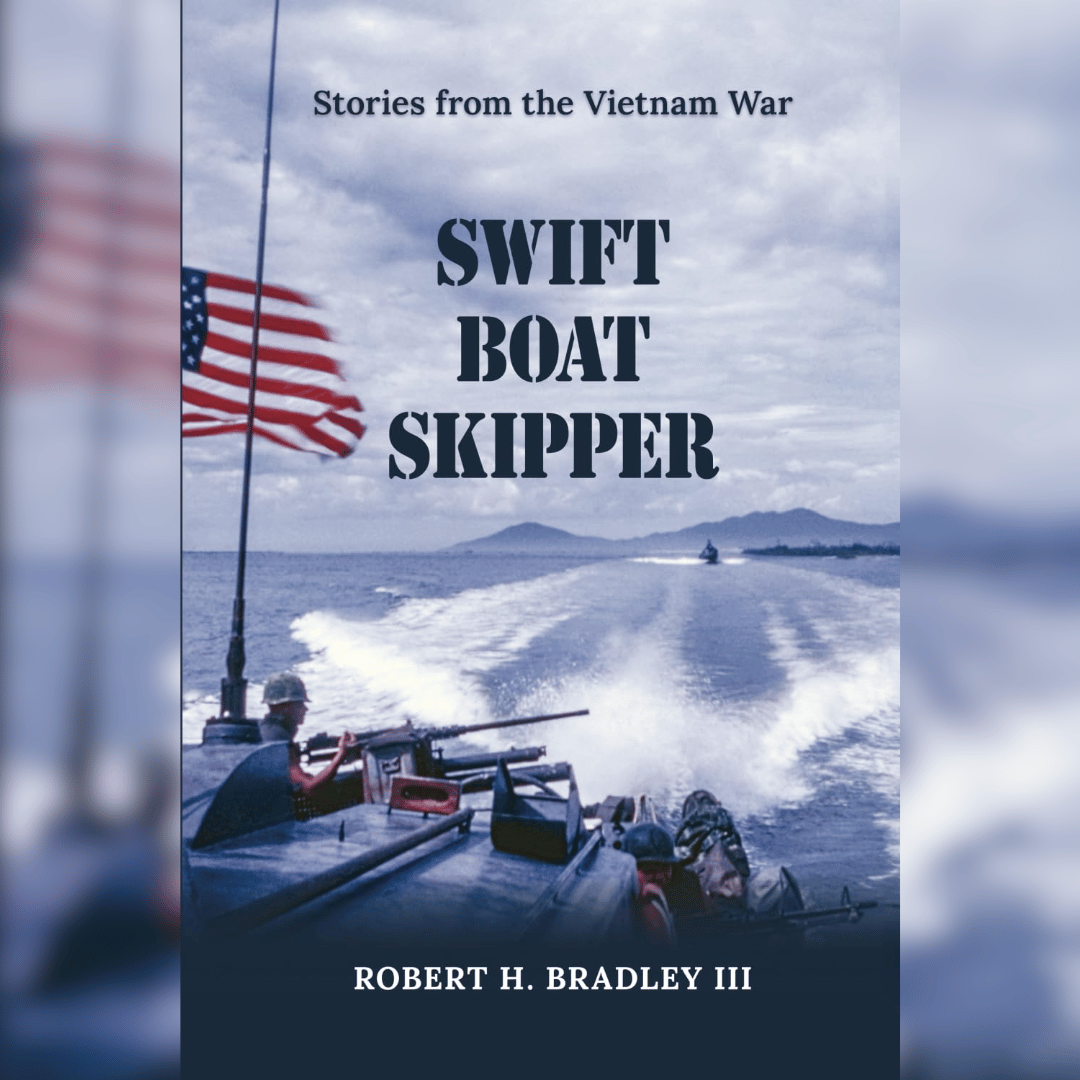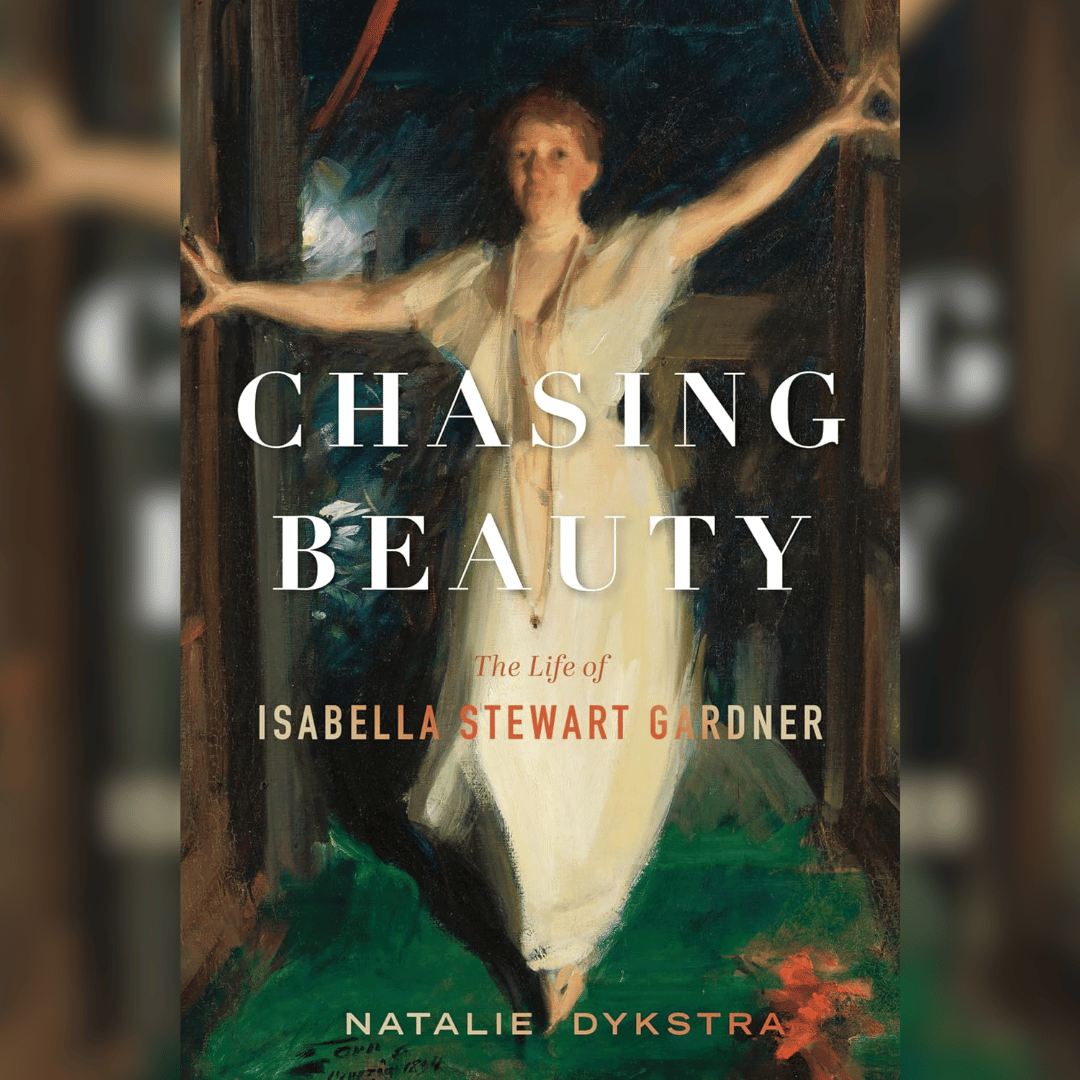WELLESLEY HISTORICAL SOCIETY
OPEN THE DOOR TO HISTORY
The mission of the Society is to collect, preserve, and share Wellesley’s history and inspire public involvement in and appreciation of the town’s heritage and culture. The Wellesley Historical Society engages the public through events, speaker series, walking tours, and exhibits. We have a passion and dedication to the citizens of Wellesley and for our work to “Open the Door to History” of Wellesley, New England, the United States, and beyond.
Our Properties
Wellesley History & Exhibit Center
323 Washington Street
The Wellesley History & Exhibit Center is officially open! The Center is a new hub for the community, offering exhibitions, programs, and events that bring our town’s story to life. With rotating displays and activities for all ages, the Center is a place to gather, learn, and connect. Click ‘Learn More’ to explore what’s happening!
The Tollhouse
The Tollhouse maintains the Wellesley Historical Society’s collections, offices, and a small shop from which all proceeds support the Wellesley Historical Society. The Tollhouse Shop is an ideal place to find beautiful treasures for your home, as well as unique gifts for family and friends.
229 Washington Street
Upcoming Events
Wellesley Historical Society
in the news
The Wellesley Historical Society was founded in 1925 with a mission to collect, preserve and share the history of Wellesley. We have a passion and dedication for our work and for you to join us to “Open the Door to History” about Wellesley, New England, the United States, and the world.
Recently, Chronicle 5 WCVB featured a news segment about important landmarks and figures in Wellesley’s history.
Isaac Sprague Memorial Clocktower
Denton Butterfly Collection
Mary Brewster Hazelton Painting
The Tollhouse








